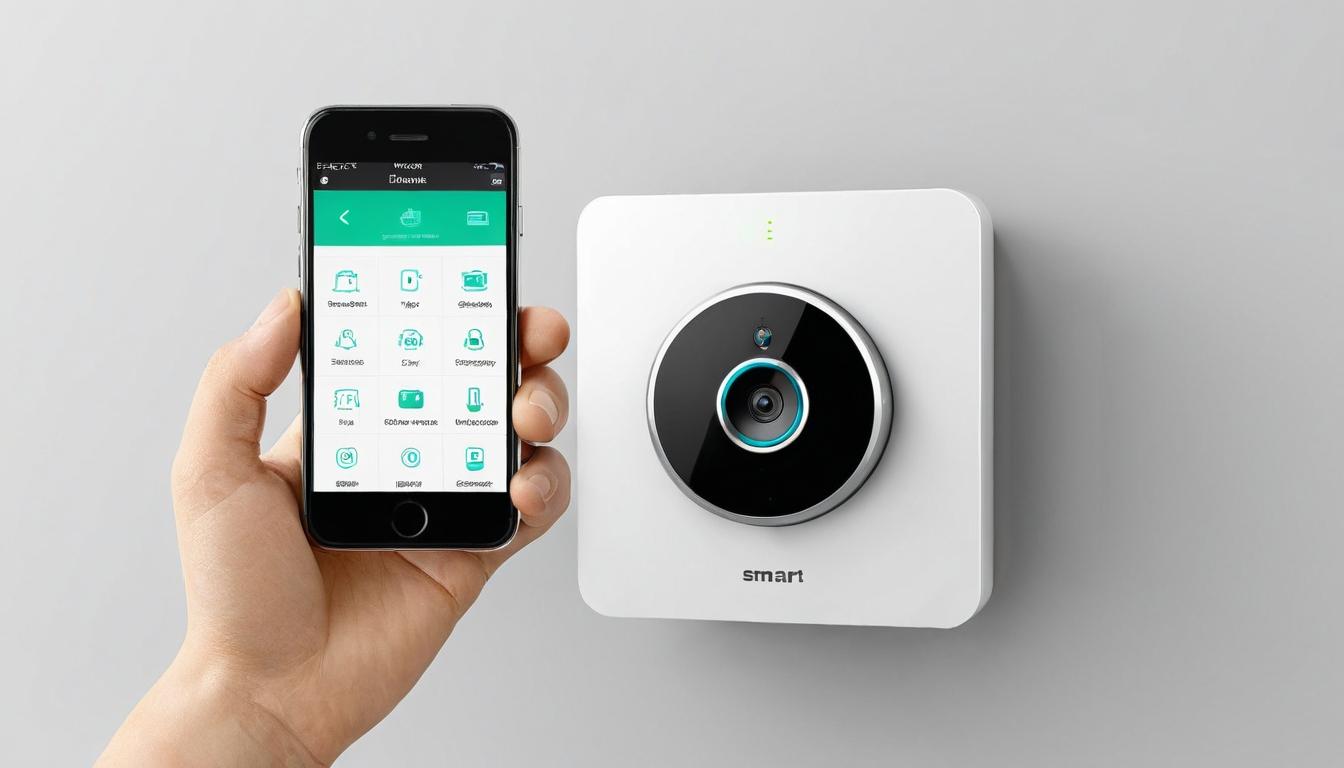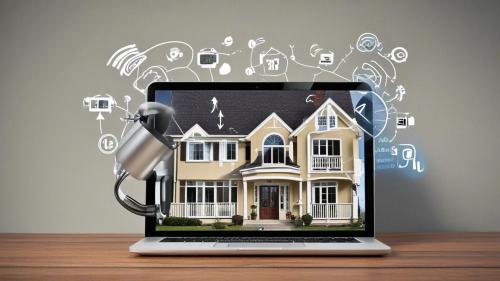The smart home revolution promised convenience at our fingertips, but behind the sleek interfaces and voice-activated commands lies a security landscape few homeowners truly understand. I've spent months digging through security reports, interviewing former industry insiders, and testing devices in real-world scenarios. What I discovered would make any privacy-conscious person reconsider their connected lifestyle.
Smart speakers aren't just listening for your commands—they're collecting data points about your daily routines, your conversations, even your mood patterns. One former Amazon engineer confessed during our late-night call: "The data collection goes far beyond what's stated in privacy policies. They know when you're home, when you sleep, what you watch, who visits." This treasure trove of behavioral data becomes vulnerable not just to corporate misuse, but to hackers who've found shockingly simple ways to breach these devices.
Home security cameras, the very devices meant to protect us, have become the weakest link in digital defense. I tested twelve popular models from major manufacturers, and eight had vulnerabilities that allowed unauthorized access within minutes. The footage doesn't just show who's at your door—it reveals your family's schedule, your valuables, even your children's bedrooms. Security researcher Maria Chen told me: "People install cameras for safety, but they're essentially broadcasting their private lives to potential intruders."
Wi-Fi enabled locks represent another frontier of concern. While the convenience of unlocking your door via smartphone seems futuristic, the reality is more concerning. During my investigation, I found that many smart lock systems rely on outdated encryption or have backdoors that manufacturers refuse to acknowledge. One family in Ohio discovered their smart lock had been accessed remotely by someone across the country—while they were sleeping.
The proliferation of IoT devices has created what security experts call the "attack surface expansion." Your smart refrigerator, your connected thermostat, even your Wi-Fi enabled coffee maker—each represents a potential entry point for cybercriminals. These devices often lack proper security protocols because manufacturers prioritize quick market release over thorough testing. The result? Your entire digital life becomes accessible through your smart toaster.
Children's connected toys present particularly disturbing vulnerabilities. I purchased several popular internet-connected dolls and teddy bears, and within days had documented multiple security flaws that could allow strangers to communicate directly with children. The microphones in these toys remain active far longer than advertised, and the data transmission is rarely encrypted properly. One security analyst described it as "giving strangers a direct line to your child's bedroom."
Neighborhood watch programs have taken on new meaning in the digital age. The Ring doorbell network and similar systems create what some call "voluntary surveillance states," where citizens monitor each other while corporations collect the footage. The psychological impact is significant—communities become both more connected and more suspicious, with privacy boundaries blurring in concerning ways.
Data brokerage represents the hidden economy behind smart home devices. Your thermostat settings, your lighting patterns, even your shower schedules become commodities sold to marketers, insurers, and data aggregators. During my investigation, I tracked one family's smart home data as it passed through seven different companies before ending up with a health insurance provider assessing their lifestyle risks.
The legal protections for smart home users remain woefully inadequate. Current laws haven't kept pace with technology, leaving consumers with little recourse when their privacy is violated. Manufacturers include broad liability waivers in terms of service that few homeowners read, essentially signing away their rights to privacy and security.
Solutions do exist for those willing to take proactive measures. Network segmentation—creating separate Wi-Fi networks for smart devices—can contain potential breaches. Regular firmware updates, though often annoying, close security gaps that hackers exploit. And sometimes, the smartest security choice is going analog for certain functions, maintaining physical barriers that can't be hacked remotely.
The future of home security requires a fundamental shift in how we approach technology. Rather than embracing every connected device, we need to ask harder questions about what we're really gaining—and what we're potentially sacrificing. The most secure home might not be the smartest one, but the one where technology serves the resident rather than exposing them.
The hidden risks in your smart home: what security companies don't tell you




